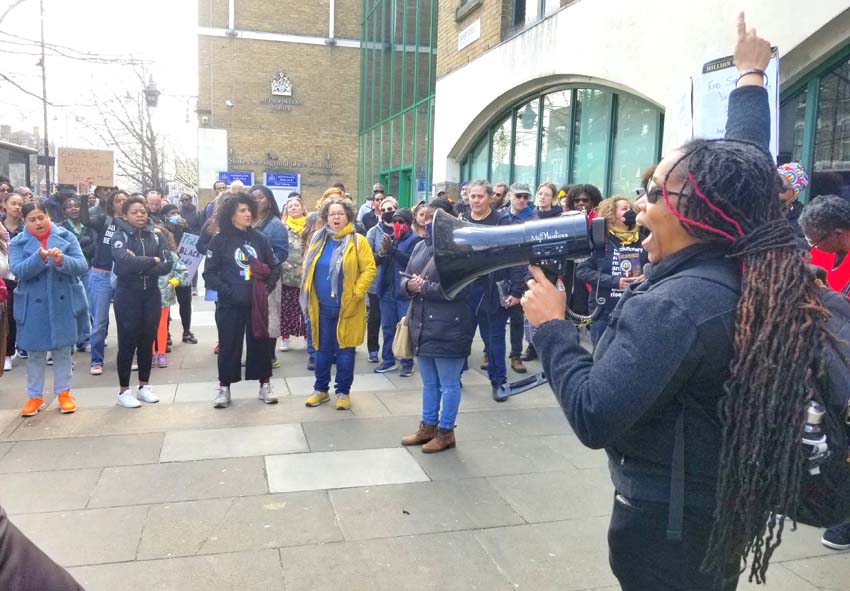THE METROPOLITAN Police’s approach to tackling corruption within its ranks is ‘fundamentally flawed,’ an inspection by the police watchdog published yesterday concluded.
It found the force had recruited people with criminal connections in the last two years, and more than 100 staff had broken the law.
Last week, the Met rejected the findings of another report that it suffered from a form of ‘institutional corruption’.
It follows the failed investigation into the 1987 murder of Daniel Morgan.
The 37-year-old private investigator was attacked with an axe in the car park of the Golden Lion pub in Sydenham, south-east London.
The inquiry into his death was hampered by poor policing and potentially corrupt links between detectives, suspects and journalists.
Despite six investigations and inquiries into the murder no one has ever been convicted.
The latest report by Her Majesty’s Inspectorate of Constabulary and Fire and Rescue Services (HMICFRS) looked at the Met’s counter-corruption arrangements and the findings of the Daniel Morgan Independent Panel report, which was published in June last year.
The HMICFRS report said ‘it would not describe the Met as institutionally corrupt’ based on this inspection but it did say the force’s approach to tackling corruption is ‘not fit for purpose’.
According to the findings:
- In the past two years, the Met has recruited people with criminal connections and more than 100 people who have committed offences. Some of these recruitment decisions may have been justifiable, but the force failed to properly supervise these people to lessen the risks;
- More than 2,000 warrant cards issued to personnel who had since left the force were unaccounted for;
- The force does not know whether all those in sensitive posts – such as child protection, major crime investigation, and informant handling – have been cleared to the level of security vetting needed;
- Property and exhibits procedures were dire. Hundreds of items were not accounted for, including cash and drugs. In one instance, the security access code for a property store had been inscribed on the outside of the door;
• The Met still does not have the capability to proactively monitor its IT systems, despite repeated warnings from the inspectorate. IT monitoring is used by most forces to enhance their ability to identify corrupt personnel.
